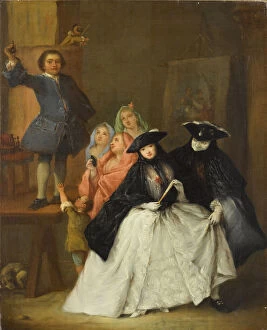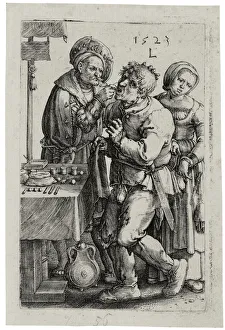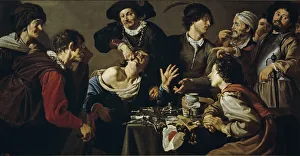Shyster Collection
"Through the ages, from the 1500s to the modern era, the shyster, or quack, has deceived the masses with promises of miraculous cures and elixirs
All Professionally Made to Order for Quick Shipping
"Through the ages, from the 1500s to the modern era, the shyster, or quack, has deceived the masses with promises of miraculous cures and elixirs. From the charlatans of Leyden, Bosch, and Tiepolo's paintings, to the quacksalvers of Rombouts and Steen, these deceitful impostors have preyed on the gullible and the desperate. Fast forward to the 20th century, and the shyster's game remains the same, as evidenced by the launch of a rogue rocket, a modern-day ballistic missile, reminiscent of the unpredictable and dangerous potions of old. Be wary of those who peddle false promises, whether in art or in life." #QuackeryThroughTheAges #Shysters #Deception #ArtHistory #Frauds #BallisticMissiles #Launchpad #CaveatEmptor












